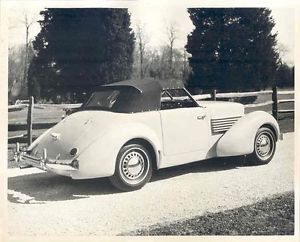But the Joy Buzzer made some people jump during a handshake, and the Whoopee Cushion got reactions, some of them not particularly pleasant. I sent away for any number of pranks and gadgets from the Johnson Smith catalog of my callow youth, checked the mailbox often for their arrival. Fake dogpoop. A set of metal plates that, when dropped, would approximate the sound of breaking glass. Or metal plates dropping. A microphone that, when properly hooked up to the big Zenith radio in the living room (few had TVs in those days), could be used to broadcast martian takeovers and all points bulletins for family members mistaken for bank robbers. It had a long wire so you could hide behind a couch and say, authoritatively, "We interrupt this broadcast to bring you an important bulletin." Those subjected to this lame-ass tomfoolery would exclaim, "Oh my, I wonder what this can be..."
The fake dogpoop worked all too well. Fleet, the boxer, who I loved, was jerked by his collar and escorted outside before I could tell them. I blurted, "No! It wasn't him, it was me!" which got me a strange look from my aunt and grandmother who were trying to imagine their 12-year-old summer visitor doing that on the living room rug. They apologized to Fleet and gave me looks which contained, "How long is he here for?" I, of course, explained the novelty item and my aunt said "Funny like a crutch."
My grandmother lit a cigarette and started playing Chopin on the baby grand, which she did to lift her spirits, cigarette dangling from her lips, eyes squinting against the smoke.
I decided not to try the dribble glass on them. Save it for friends during a round of RC Cola. The fake vomit could wait for my sister. Squirting lapel flowers, rubber knives, cigar loads, a book on vemtriloquism, another on hypnotism, midget radios, and much more to suck away the savings of little boys who wished to annoy the world.
Johnson & Smith, you made my world a livelier place. And I see you're still in business today, a rock, a verity that is contributing to the exasperation of America from the sunny shores of California to the rockbound coast of Maine. Onward, proud bearers of the flag of nuisance. Go forth and pester. Joy-buzz the joyless!













